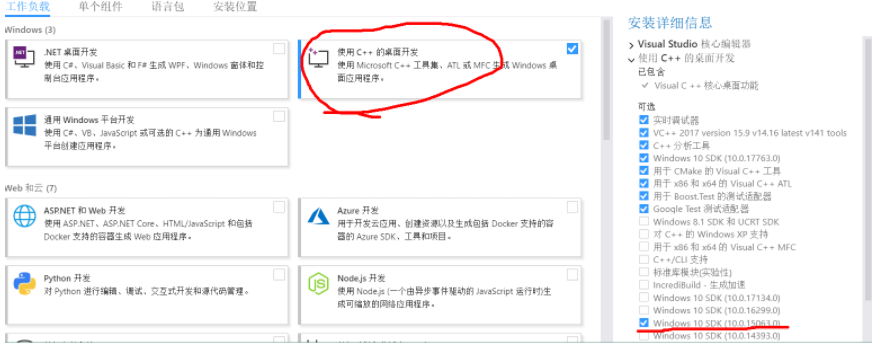I have a class (MockWI) that I have defined the following DataTemplate in app.xml
<DataTemplate DataType="{x:Type local:MockWI}">
<Button Content="{Binding Name}"/>
</DataTemplate>
In my code I need to find the UI object that an instance of MockWI has.
Right now I do this:
Button elt = new Button { Content = myMockWI};
But that gives me a button in a button.
I want to just get the button that is the MockWI called myMockWI. Something like this:
Button elt = GetUIControlFromVar(myMockWI);
Is there a way to do this?
Adding More Code to show Context:
public UIElement GetVisualFeedback(IDataObject obj)
{
MockWI test = ExtractElement(obj);
// Since Content is set to a MockWI I get a button in a button.
Button elt = new Button{ Content = test, Opacity = 0.5, IsHitTestVisible = false };
DoubleAnimation anim = new DoubleAnimation(0.75, new Duration(TimeSpan.FromMilliseconds(500)))
{
From = 0.25,
AutoReverse = true,
RepeatBehavior = RepeatBehavior.Forever
};
elt.BeginAnimation(UIElement.OpacityProperty, anim);
return elt;
}


